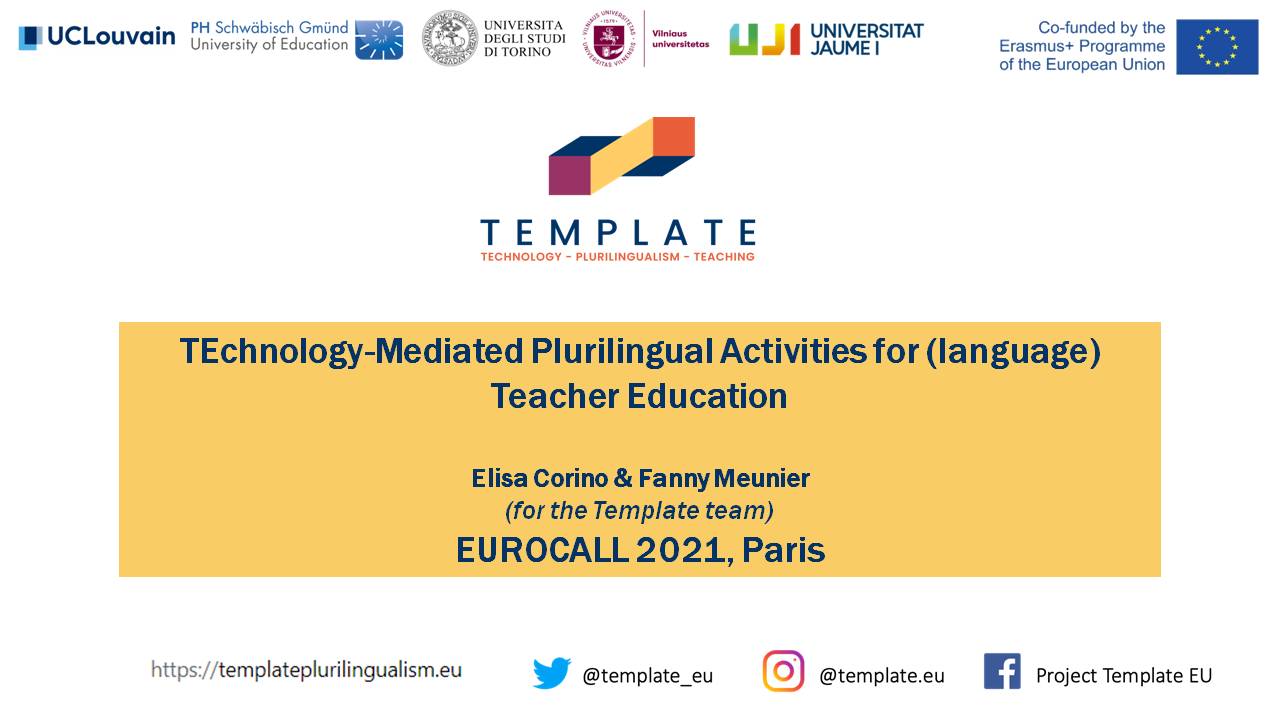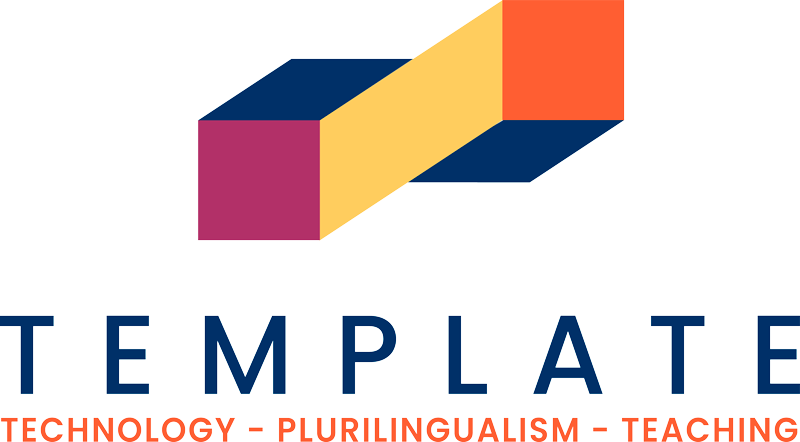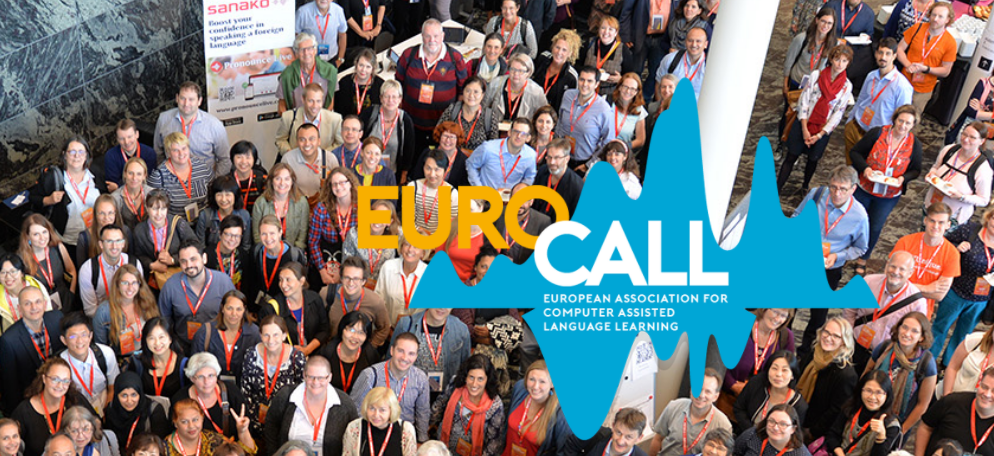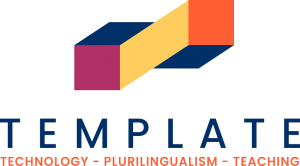Our partners Elisa Corino and Fanny Meunier presented the TEMPLATE project in the last EUROCALL 2021 (https://www.eurocall-languages.org/), which took place last August in Paris. As usual, the conference brought together researchers, practitioners and developers – both new and experienced – who feel passionate about the use of technology for the learning and teaching of languages and cultures. For more information about the TEMPLATE presentation, you can find the abstract and the video presentation below.

ABSTRACT
The TEMPLATE project aims at strengthening the professional competence profile of pre- and in-service teachers who want to fully implement the recommendations of the Council of Europe for the use of plurilingual approaches in (foreign) language education.
Teachers have to face the increasing need to cope with the changing landscape of the teaching profession for plurilingual education and the management of technology mediated teaching practices: on the one hand they have to teach in classes where there are different L1s, on the other hand they are required to integrate those languages in a plurilingual approach and make use of technology where and when it can potentially add value. In order to fulfill these requirements teachers need a specific training in comprehensive approaches that take into account different aspects related to their profession in the 21st century.
The main target group of the project are teachers involved in FL teaching, CLIL activities and project-based learning. They will be involved in a training that integrates the pedagogical aspects with the content knowledge and the digital tools (TPACK model) The activities proposed through an internet platform and a set of webinars will support teachers in developing innovative teaching methods, especially to promote competence-oriented teaching and learning in FL and CLIL education; they will enhance the teachers’ digital literacy and promote the use of ICT (with particular reference to Computer-Assisted Language Learning CALL) as a good practice to approach plurilingualism.
This presentation will focus in particular on the results of a survey – the project’s IO1 – of the competences needed by the teachers, i.e. a SWOT analysis of the actual situation in the different partner countries. The survey is meant to obtain in-depth qualitative descriptions of teachers’ attitudes and situated experiences of technology enhanced plurilingual education in primary and secondary schools with particular reference to the integration of pedagogy, technology and content/disciplinary knowledge. The final aim is to map the competences that teachers need to ensure that the integration of technology in the classrooms brings about solid pedagogical added value and at the same facilitates the process of using pupils’ plurilingual resources as assets in the language learning process.
The results of the survey will serve as blueprint for the modules that will be created in the subsequent stages of the project and will help the team tailor adequate interventions in schools where teachers’ and learners’ actual needs are taken into account, with the aim of fostering the uptake of innovative tools and approaches by teachers inside/outside the classroom.
References
Koehler, M. J., Mishra, P., & Cain, W. (2013). What is technological pedagogical content (TPACK)? Journal of Education, 193, 13–19.
Cummins, J. (2017) Teaching for transfer in multilingual school contexts. In O. García, A. Lin & S. May (eds) Bilingual and Multilingual Education, Encyclopedia of Language and Education. New York, NY: Springer. 103-115.
Cutrim Schmid, E. (2018) Developing Plurilingual Competence in the EFL Primary Classroom through Telecollaboration. In Buendgens-Kosten, J. & Elsner, D., Multilingual Computer Assisted Language Learning. London: Multilingual Matters, 171-190.
Pérez-Paredes, P., C. Ordoñana-Guillamón & P. Aguado-Jiménez (2018). Language teachers’ perceptions on the use of OER language processing technologies in MALL, Computer Assisted Language Learning, 31:5-6, 522-545, DOI: 10.1080/09588221.2017.1418754


